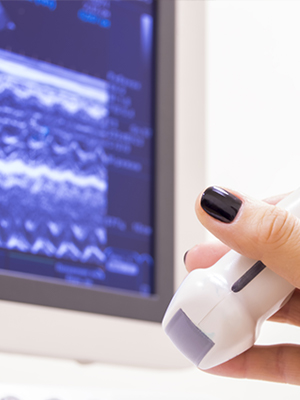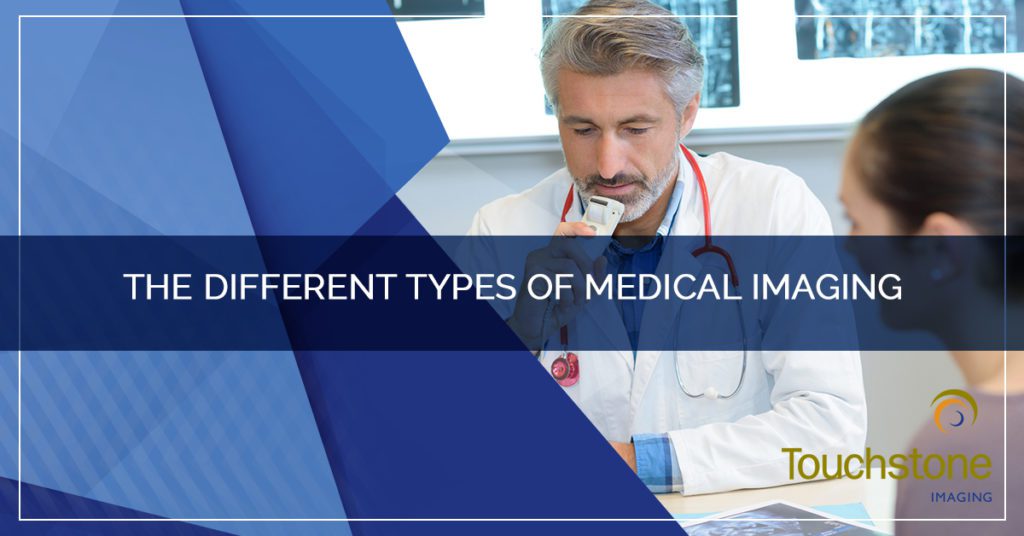When you need medical imaging, there is more than one option on what exam should be done. What kind of medical imaging you have done comes down to the kind of information your physician needs. X-rays, ultrasounds, CT scans, and MRIs all have their place in relaying valuable medical information, and your doctor will choose the test that is the most applicable to your situation. Read on to better understand the differences in medical imaging, and why certain images are more useful in different situations.
X-rays
The first imaging option that most people usually think of is the x-ray. X-rays use small doses of radiation to quickly pass through the body and capture an image. X-rays are quick and usually low-cost. The images that appear white on an x-ray are the denser objects (such as bones) in the body. X-rays can be useful for certain injuries, like broken bones, fractures, dislocations, infections or some bone tumors. While x-rays can give a quick first look into the body, if you need more detailed information, you will want a different type of scan.
CT Scan
Computed Tomography, or CT for short, is a more elaborate x-ray, that compiles multiple x-ray images to show cross sections of the body not visible through a single x-ray. Like an x-ray, CT scans are fast, painless and noninvasive. If you have been in a car accident, or have injuries that might go deeper than just broken bones, a CT scan can detect many internal injuries and bleeding. A CT scan can see not only bones, but organs, soft tissues, and blood vessels. CT scans can help diagnose cancer, cardiovascular disease, infectious disease, and other disease and conditions. CT exams take between 5 and 20 minutes. It is the fastest, most accurate way to examine the chest, abdomen, and pelvis, but because of the radiation in a CT scan, it is not the preferred scan for children or pregnant women, unless it is the only way to get the solution to a problem.

MRI
Magnetic Resonance Imaging, or MRI, uses powerful magnetic fields and radio frequency pulses to obtain pictures of the body. There is no radiation involved in an MRI, but the scan takes longer and is noisier than a CT scan. MRIs can see organs and soft tissues, and the differences between normal and abnormal tissues are more evident. People with intense claustrophobia may have trouble with the confining nature of the MRI and may need to be scanned on an Open MRI or be scanned under moderate (conscious) sedation.
Ultrasound
Another way to scan the body involves using high-frequency sound waves that are reflected with the echoes recorded as images. Because there is no radiation, and only sound waves, ultrasound is ideal for pregnant women to see the baby. Ultrasound can also show abnormalities of organs, blood vessels, and soft tissues. A 3D/4D ultrasound is an elective ultrasound that can show expectant parents a more detailed view of their baby.
At Touchstone Imaging, we offer all of these medical imaging options. Your doctor will order the scan that is best for your condition, and at Touchstone Imaging, we are ready to provide great service at a reasonable cost. You have a choice of where you receive your medical imaging, and if you need an x-ray, CT scan, MRI scan or an ultrasound, Touchstone Imaging would love to serve you at one of our locations!


